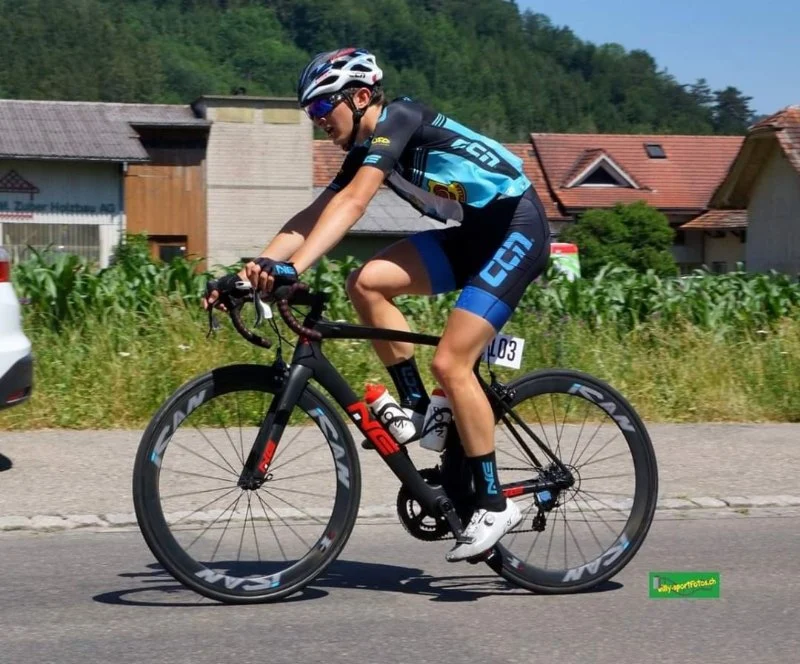
1. What is Bonking and Why Does it Happen?
Bonking, also known as "hitting the wall," is something every cyclist dreads on long rides. It occurs when your body runs out of fuel—mainly carbohydrates—which are essential for sustained energy during long periods of exercise. When you bonk, you may experience a sudden and severe drop in energy levels, leaving you feeling weak, fatigued, and unable to continue at your usual pace. This sudden collapse can happen to even the most experienced cyclists if they don't properly manage their nutrition and hydration during long rides.
2. Key Causes of Bonking on Long Rides
Bonking is primarily caused by an imbalance in your body’s energy stores. However, several factors contribute to this phenomenon:
1. Lack of Carbohydrates
Carbohydrates are the body’s primary source of fuel during long-duration cycling. When you don’t consume enough carbs before or during your ride, your body’s glycogen stores—its immediate energy reserve—deplete, leading to exhaustion. Without sufficient glycogen, your performance takes a serious hit.
2. Dehydration
Hydration plays a vital role in maintaining energy levels. If you fail to drink enough fluids, your body’s ability to process fuel efficiently declines, which can exacerbate fatigue and make it more likely that you’ll hit the wall.
3. Inadequate Pacing
Starting too fast, especially on a long ride, can result in premature fatigue. If you push yourself too hard at the beginning, you’re more likely to deplete your energy reserves quickly and run into problems later in the ride.
3. How to Avoid Bonking: Expert Tips for Cyclists
The good news is that with a little planning and strategy, bonking can often be prevented. Here are some key tips to ensure you have enough energy to power through long rides without hitting the wall:
1. Fuel Up Before Your Ride
One of the most important steps in preventing bonking is ensuring your body has enough fuel to start with. Aim to eat a meal high in complex carbohydrates about 2–3 hours before your ride. This meal can include whole grains, fruits, and vegetables that provide slow-release energy. You can also have a small snack, such as a banana or an energy bar, just 30 minutes before you set off to top off your glycogen stores.
2. Hydrate Properly
Hydration is just as important as fueling your body. Start your ride well-hydrated by drinking water or an electrolyte-rich drink before you hit the road. During the ride, make sure to take regular sips of water every 15–20 minutes, and consider using electrolyte drinks or tablets to replenish sodium, potassium, and other important minerals that you lose through sweat.
3. Fuel During Your Ride
To avoid bonking, you need to refuel throughout your ride. Ideally, you should consume around 30–60 grams of carbohydrates per hour. This can come from energy gels, sports drinks, or small snacks like energy bars, dried fruit, or a sandwich. Be sure to start fueling early in your ride, even before you feel tired, to prevent your energy levels from dipping too low.
4. Pace Yourself
It’s important not to start your long ride too aggressively. Begin at a comfortable pace that allows you to maintain energy throughout the ride. Remember, it’s better to finish strong than to burn out early. Monitor your heart rate and perceived effort to ensure you’re not overexerting yourself too early in the ride.
5. Take Breaks and Listen to Your Body
Even on long rides, it’s crucial to take short breaks. Stop to stretch, eat, and drink at regular intervals, especially during longer rides. These breaks can help prevent fatigue from building up, and they give your body the time it needs to absorb nutrients. Additionally, listen to your body: if you start feeling sluggish or lightheaded, don’t wait too long to take action. It’s better to eat and hydrate early than to wait until you’ve already hit the wall.
4. Real-Life Case: How One Cyclist Avoided Bonking on a Century Ride
Take the case of Mark, an avid cyclist who recently completed his first century ride (100 miles). He had heard stories of bonking on long rides but was determined to avoid it. Mark prepared by fueling up with a hearty breakfast of oatmeal and bananas before the ride and followed up with small energy snacks every 30 minutes on the ride itself. He also made sure to drink plenty of water with electrolytes and maintained a steady pace throughout the entire ride.
When he hit the 75-mile mark, Mark began to feel a little fatigue setting in, but instead of ignoring it, he stopped for a quick break and refueled with an energy bar and a fresh bottle of water. By pacing himself, staying hydrated, and fueling consistently, Mark finished the ride without experiencing any bonking, feeling strong all the way to the end. His experience highlights how preparation and proper fueling can make all the difference.
5. Additional Tips for Long Rides
In addition to fueling and pacing, here are a few more tips that can help you avoid bonking on long rides:
1. Practice Your Nutrition Strategy
Test your nutrition strategy during training rides, not just on race day or long rides. This will allow you to figure out what foods and drinks work best for you and how your body responds to different fueling methods.
2. Avoid High-Fat Foods Before Your Ride
While healthy fats are important in a balanced diet, they take longer to digest and don’t provide the quick energy you need for cycling. Stick to carbohydrates and lean proteins before and during the ride for quicker energy replenishment.
3. Use Energy Gels and Drinks Wisely
Energy gels and drinks can be a quick and easy way to boost your energy during long rides, but they should be consumed with water to help with absorption. Avoid overconsuming gels as they can lead to stomach discomfort if not paired with enough fluid.
6. Conclusion
Bonking can be a cyclist’s worst nightmare on long rides, but with the right nutrition, hydration, and pacing strategies, it’s easily avoidable. By fueling your body properly before, during, and after your ride, and by keeping a steady pace, you’ll be able to tackle even the longest rides without worrying about hitting the wall. For more tips on cycling nutrition, gear, and advice, visit Cycling Guider to get the best recommendations for a successful and enjoyable ride.

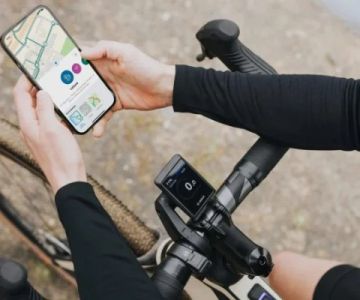
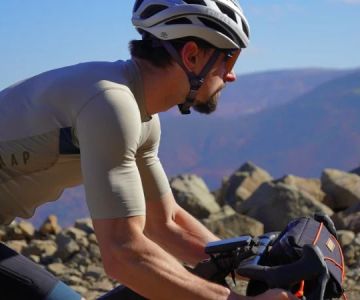
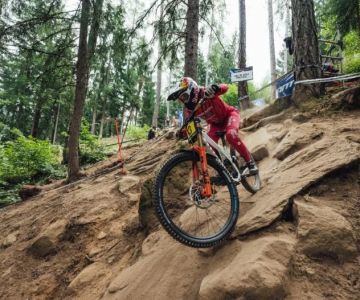
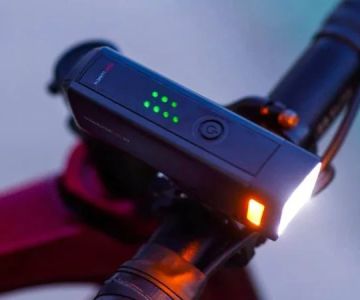

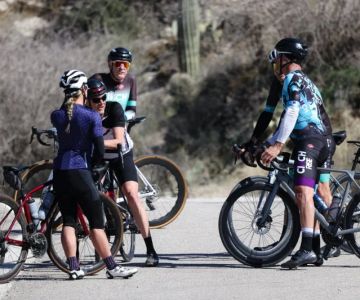
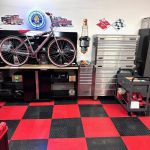 Billet BMX5.0 (2 reviews)
Billet BMX5.0 (2 reviews)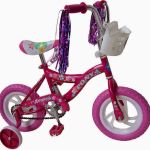 Far East Children Bicycle Factory1.0 (1 reviews)
Far East Children Bicycle Factory1.0 (1 reviews)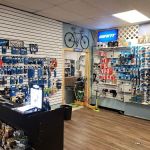 Archer Motorsports, Inc.4.0 (8 reviews)
Archer Motorsports, Inc.4.0 (8 reviews)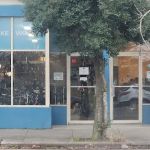 YEP Bike Works4.0 (55 reviews)
YEP Bike Works4.0 (55 reviews)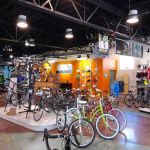 Gorham Bike & Ski4.0 (498 reviews)
Gorham Bike & Ski4.0 (498 reviews)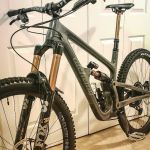 Alchemy Bikes4.0 (37 reviews)
Alchemy Bikes4.0 (37 reviews) How to Teach Kids to Ride a Bike: A Step-by-Step Guide for Parents
How to Teach Kids to Ride a Bike: A Step-by-Step Guide for Parents Tips for Riding on Busy City Streets: Smart Strategies for Urban Cyclists
Tips for Riding on Busy City Streets: Smart Strategies for Urban Cyclists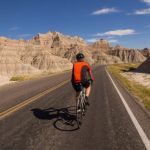 Best US National Parks for Mountain Biking: Ride Epic Trails Across America
Best US National Parks for Mountain Biking: Ride Epic Trails Across America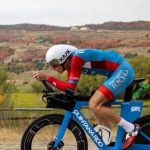 Best Aero Helmets for Time Trials and Racing
Best Aero Helmets for Time Trials and Racing How to Clean and Lubricate Your Bike Chain Like a Pro
How to Clean and Lubricate Your Bike Chain Like a Pro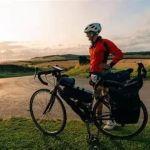 10 Must-Have Items for Long-Distance Cycling Trips
10 Must-Have Items for Long-Distance Cycling Trips